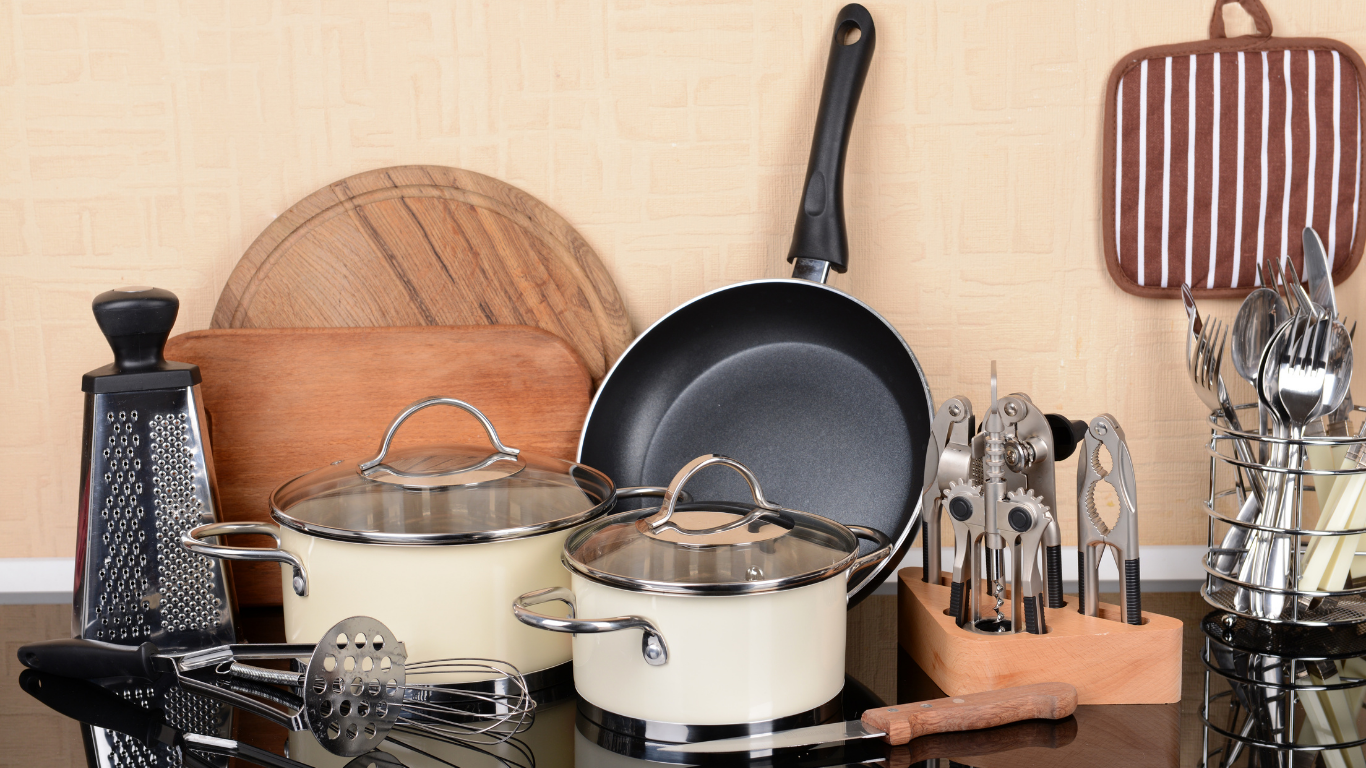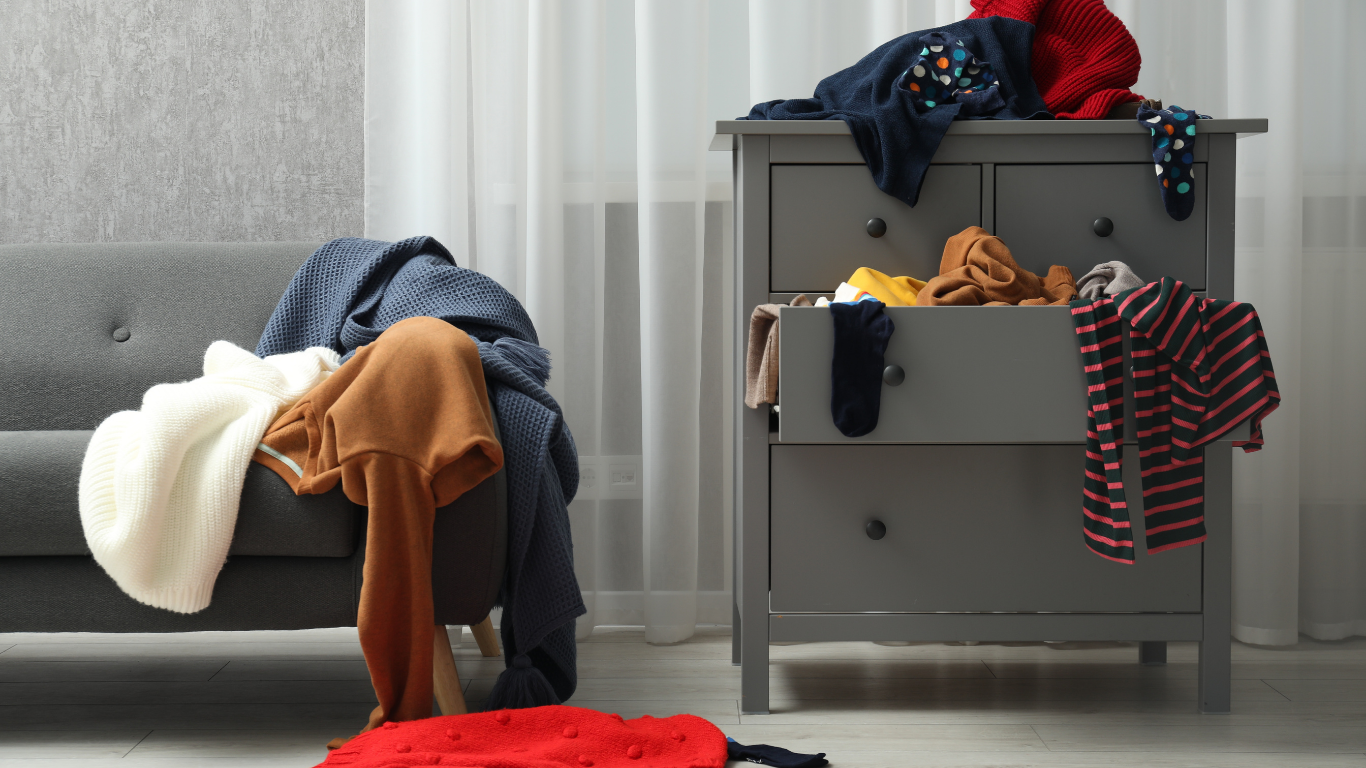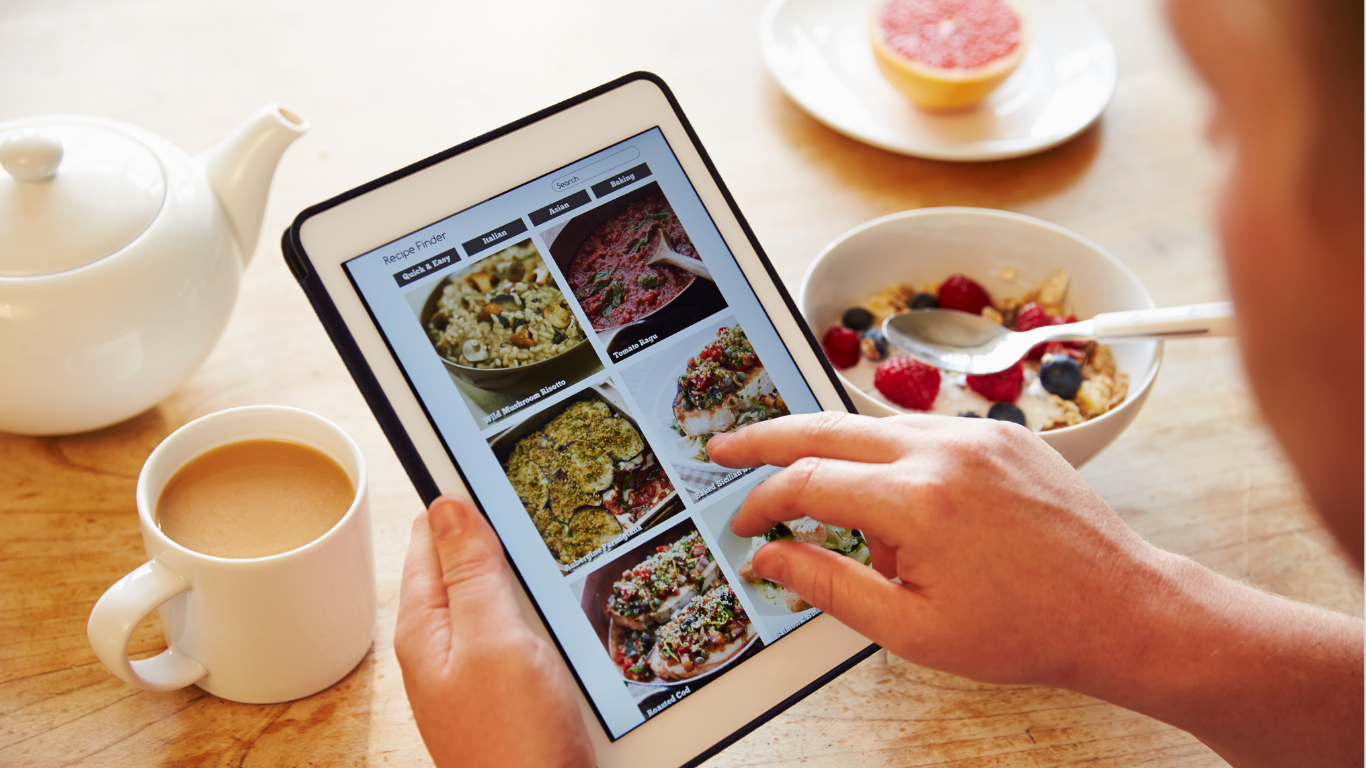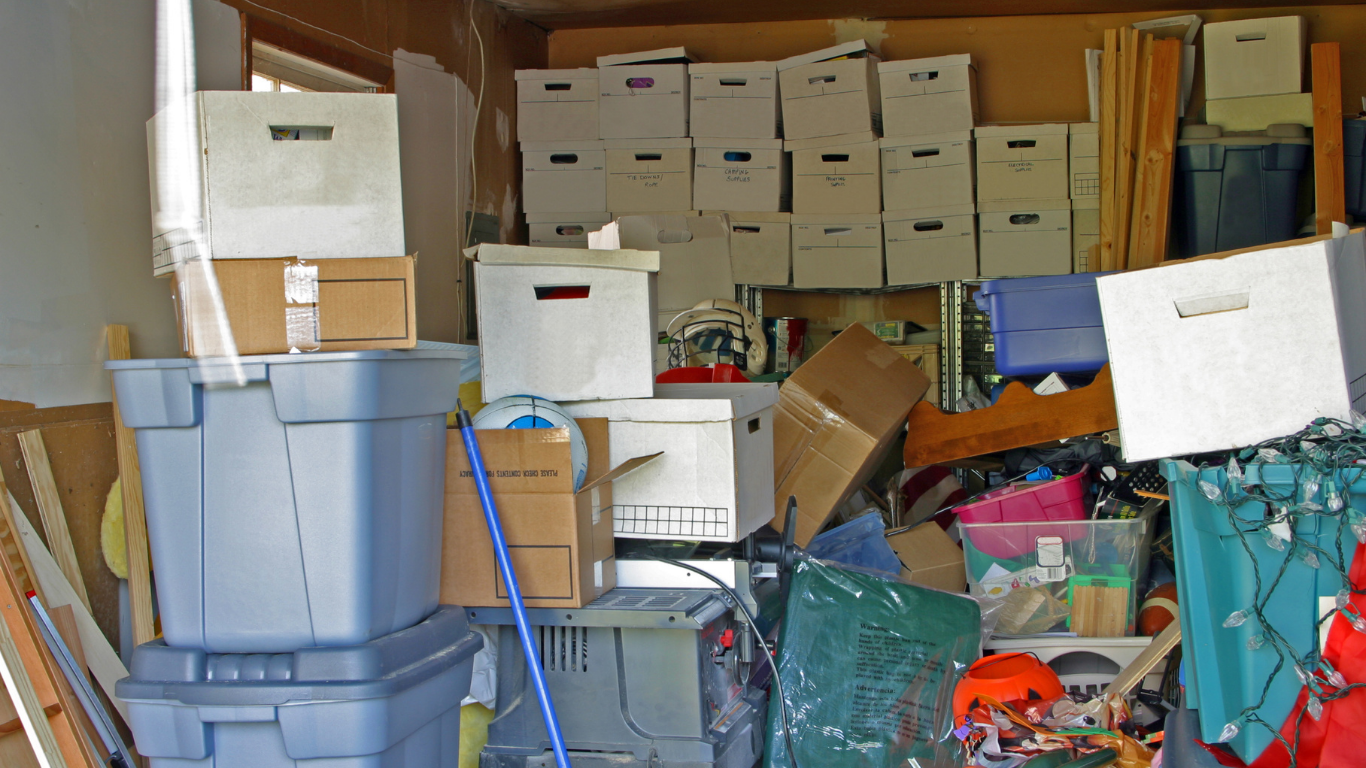While secondhand shopping is great for sustainability and budget-friendly living (yes, I’m team thrift!), your kitchen deserves a special kind of scrutiny.
Let’s be honest: Your cookware and food prep tools are in very close contact with what you eat. And if you’re like me—juggling mom life, meal prep, and a side of “is this even safe?”—you need to know what’s worth the risk and what belongs on a shelf as decor only.
I went digging through expert research, food safety studies, and real-life kitchen wisdom to bring you the 6 kitchen items most professionals absolutely avoid buying secondhand. These insights could save you from toxic chemicals, electrical fails, and surprise bacteria lurking in plain sight.
1. 🚫 Wooden Utensils & Bowls
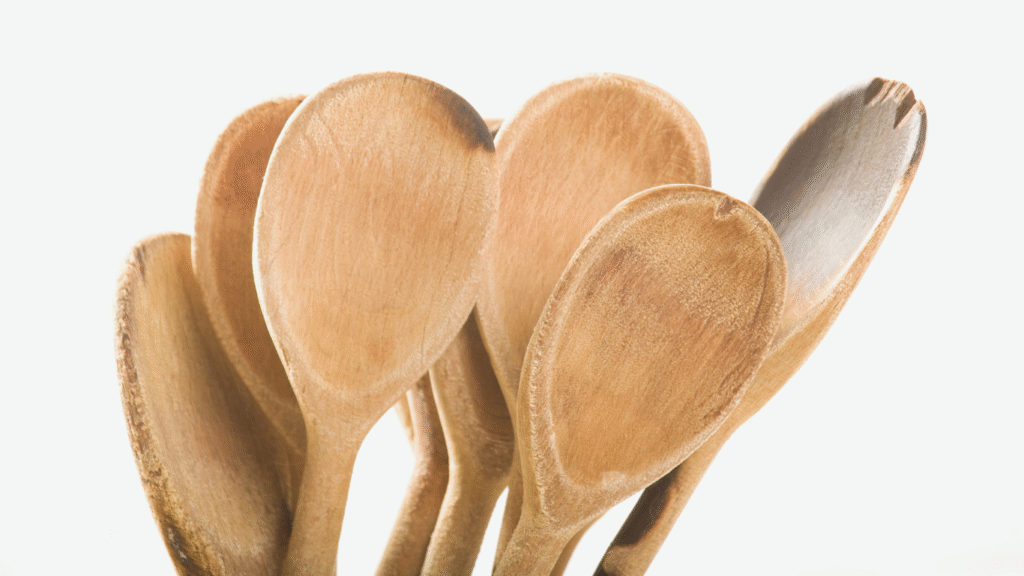
Let’s start with the aesthetic queens of the secondhand world—wooden spoons, vintage salad bowls, and cutting boards that scream “rustic charm.” But here’s the problem: wood is porous. Over time, it absorbs moisture, oil, and—yep—bacteria.
“When wood becomes cracked or deeply grooved, it creates tiny pockets for bacteria and mold to thrive—even after washing,” notes a study from the National Sanitation Foundation.
Unless you’re buying new or certified food-safe hardwoods like teak, skip the used versions. They’re gorgeous for styling shelves but not your next pasta night.
2. ⚠️ Vintage Ceramics
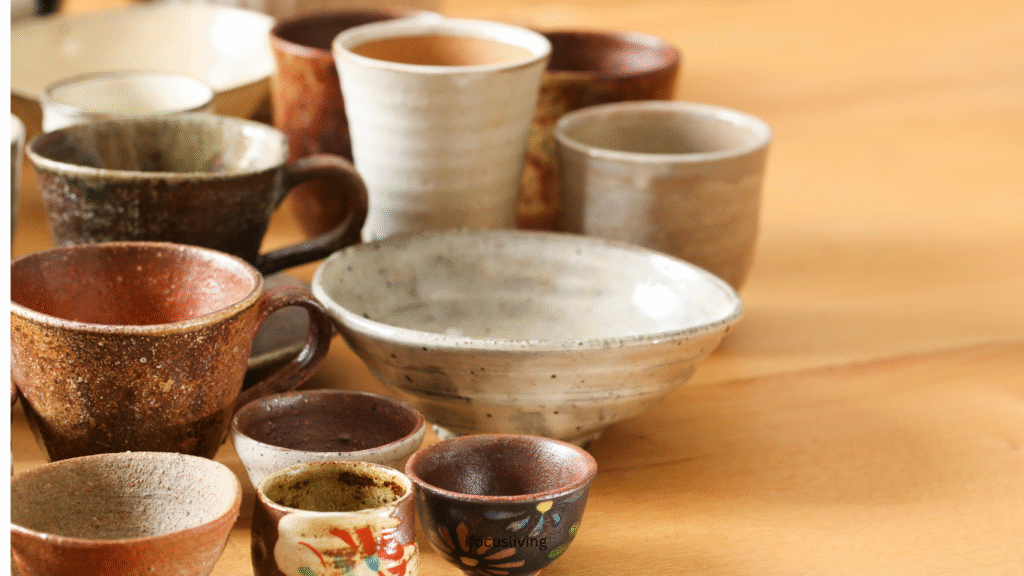
You know those brightly colored dishes and handmade pottery that look amazing on Pinterest? They often come with an invisible danger: lead.
According to the FDA and CDC, older ceramics made before the 1980s—especially imported ones—were often glazed with lead-based paint, which can leach into food and drinks.
“Lead exposure, even at low levels, can harm brain development and contribute to long-term health issues,” warns a 2024 study published in Environmental Health Perspectives.
If you thrift it, display it. But please—don’t serve your soup in it.
3. ⚡ Secondhand Kitchen Appliances
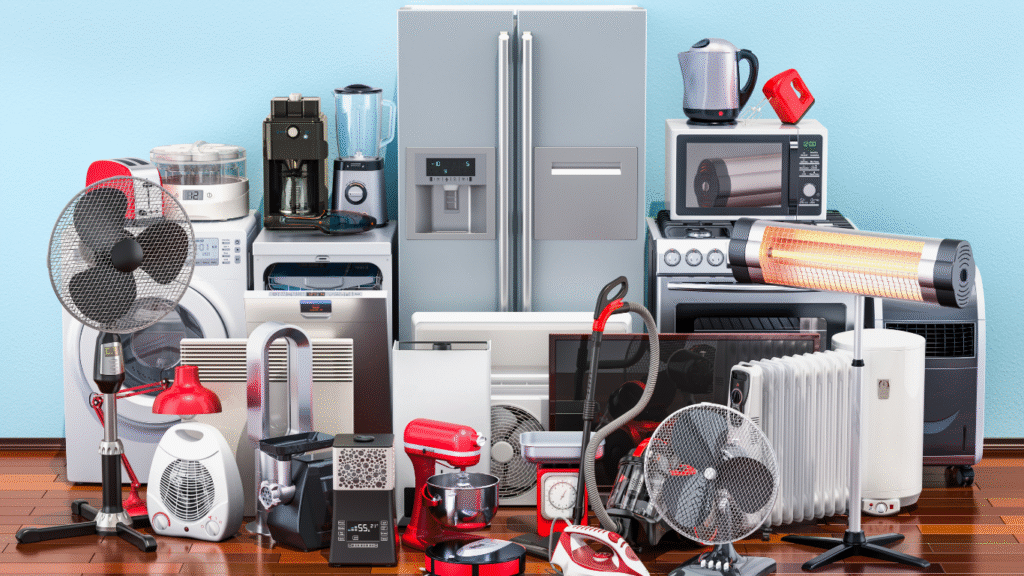
A used blender might seem like a steal—until it overheats or short-circuits mid smoothie. Secondhand appliances can come with hidden damage you won’t see until it’s too late. Faulty cords, outdated wiring, and cracked parts are real concerns.
The U.S. Consumer Product Safety Commission reports that nearly 40% of home electrical fires originate from small kitchen appliances with wear and tear.
Unless you can plug it in, inspect it inside out, and confirm it hasn’t been recalled? It’s not worth the risk. Temporary solution? Maybe. Long-term use? Nope.
4. 🧴 Old Plastic Food Containers
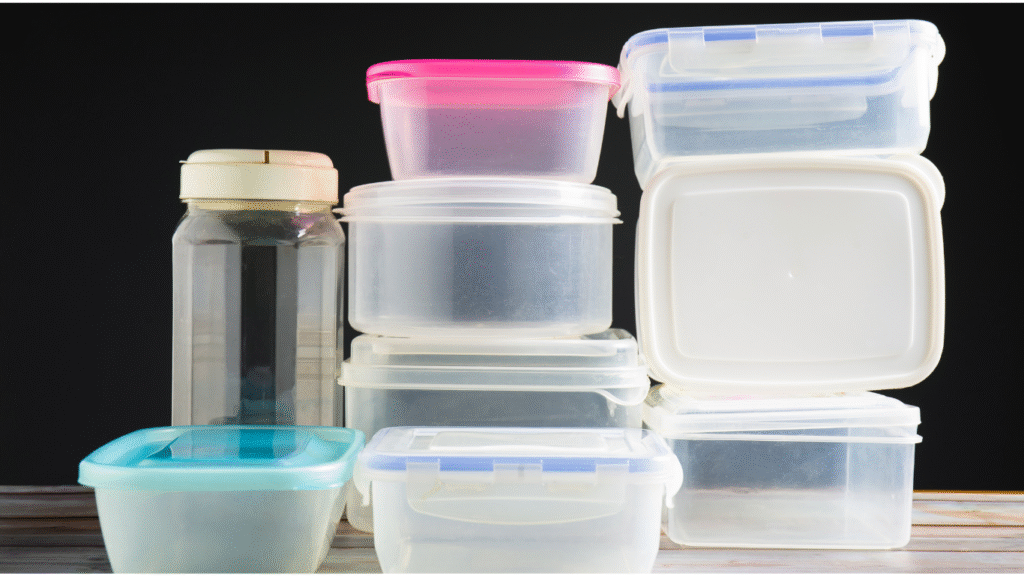
Vintage Tupperware is cute and kitschy, but here’s what’s not: BPA, phthalates, and other hormone-disrupting chemicals used in plastics made before 2010. These toxins can leach into food—especially when microwaved or washed at high temperatures.
Research from Harvard’s School of Public Health shows BPA exposure is linked to reproductive health issues, metabolic disorders, and even behavioral problems in children.
If it doesn’t say BPA-free or microwave/dishwasher safe, pass it up. Your leftovers will thank you.
5. 🛑 Damaged Cast-Iron Cookware
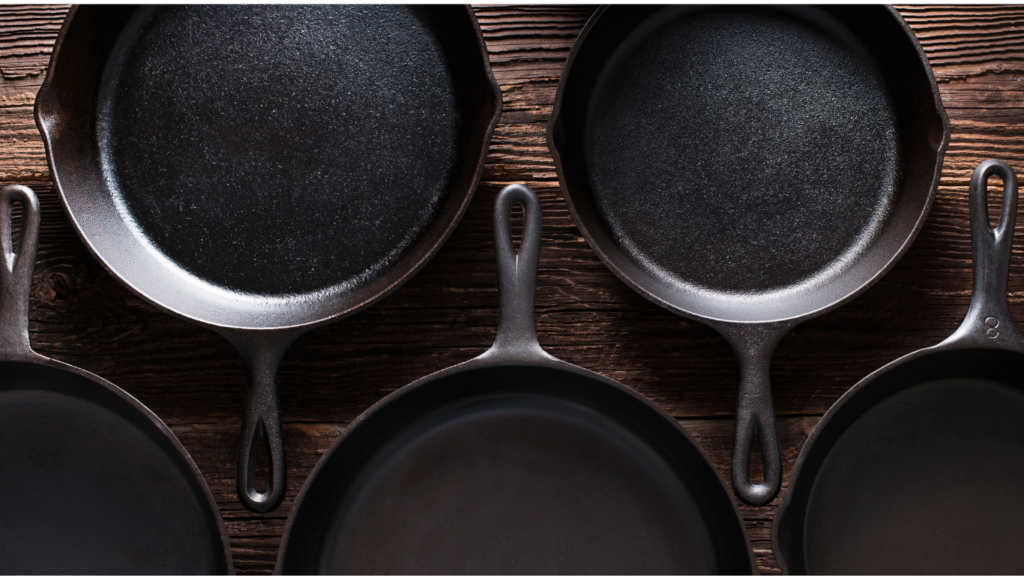
Cast iron gets a lot of love—and rightfully so. It’s durable, holds heat like a champ, and can last generations if it’s well-maintained. But what if it’s rusty or pitted beyond repair?
According to the American Culinary Federation, deep rust or flaking in cast iron can introduce oxidized metals into your food, which isn’t just gross—it’s potentially unsafe.
A light rust layer? You might be able to revive it with proper seasoning. But if it looks like it’s been living in a damp basement since 1964, let it go.
6. ❌ Non-Stick Cookware (Especially Older Teflon)
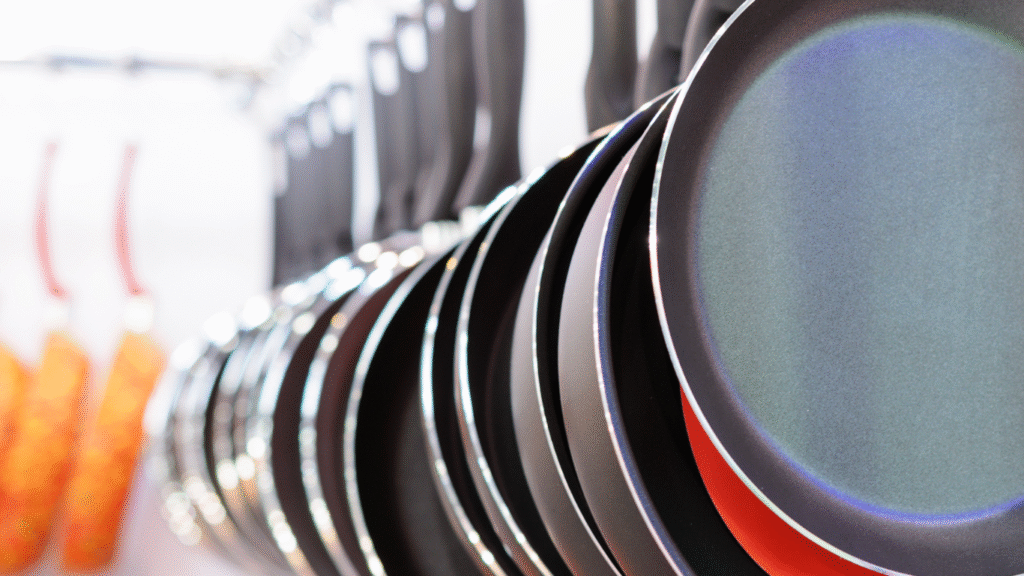
This one’s a hard no. Used non-stick pans, especially older ones coated with Teflon (PTFE), are risky territory. Scratches or chips in the coating can release toxic fumes when heated, particularly dangerous if you have birds or young kids around.
The Environmental Working Group reports that overheating scratched non-stick pans can release perfluorooctanoic acid (PFOA), a chemical linked to thyroid disease, cancer, and developmental issues.
Bottom line: If you wouldn’t buy it new, definitely don’t buy it used. And unless it’s pristine (and truly non-toxic certified), skip it.
Final Thoughts: Thrift Smart, Not Sorry
I’m all about saving money and the planet, but your kitchen gear touches your food—and that’s a space we don’t mess with. Thrift for the vibes, but buy new for the food safety. When in doubt, display it—don’t dish it.
🔁 Share this post with someone who lives at the intersection of #ThriftLife and #KitchenGoals.
🛑 Have a secondhand horror story or fave thrifty decor find? Drop it in the comments!
✅ Want more healthy living hacks, budget-friendly tips, and lifestyle upgrades? Follow @ifocusliving 💡

